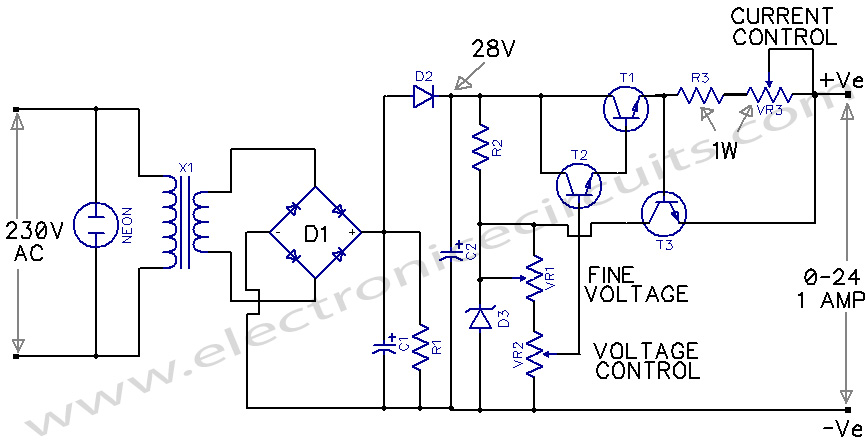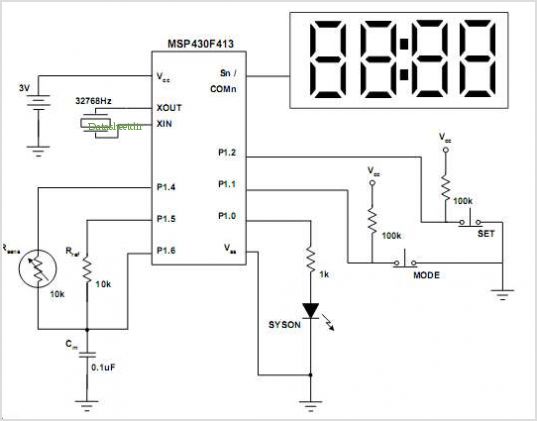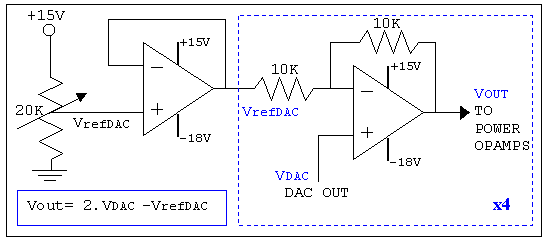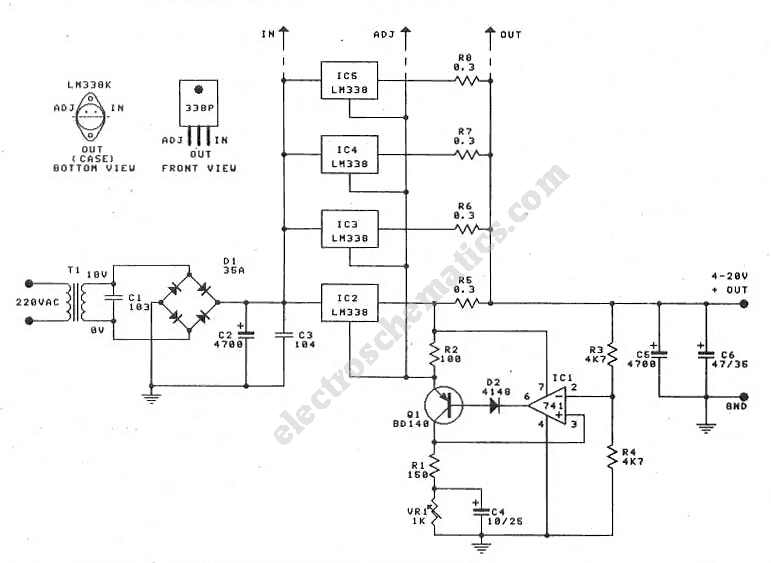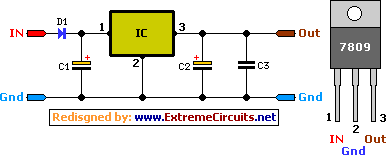
High voltage power supply
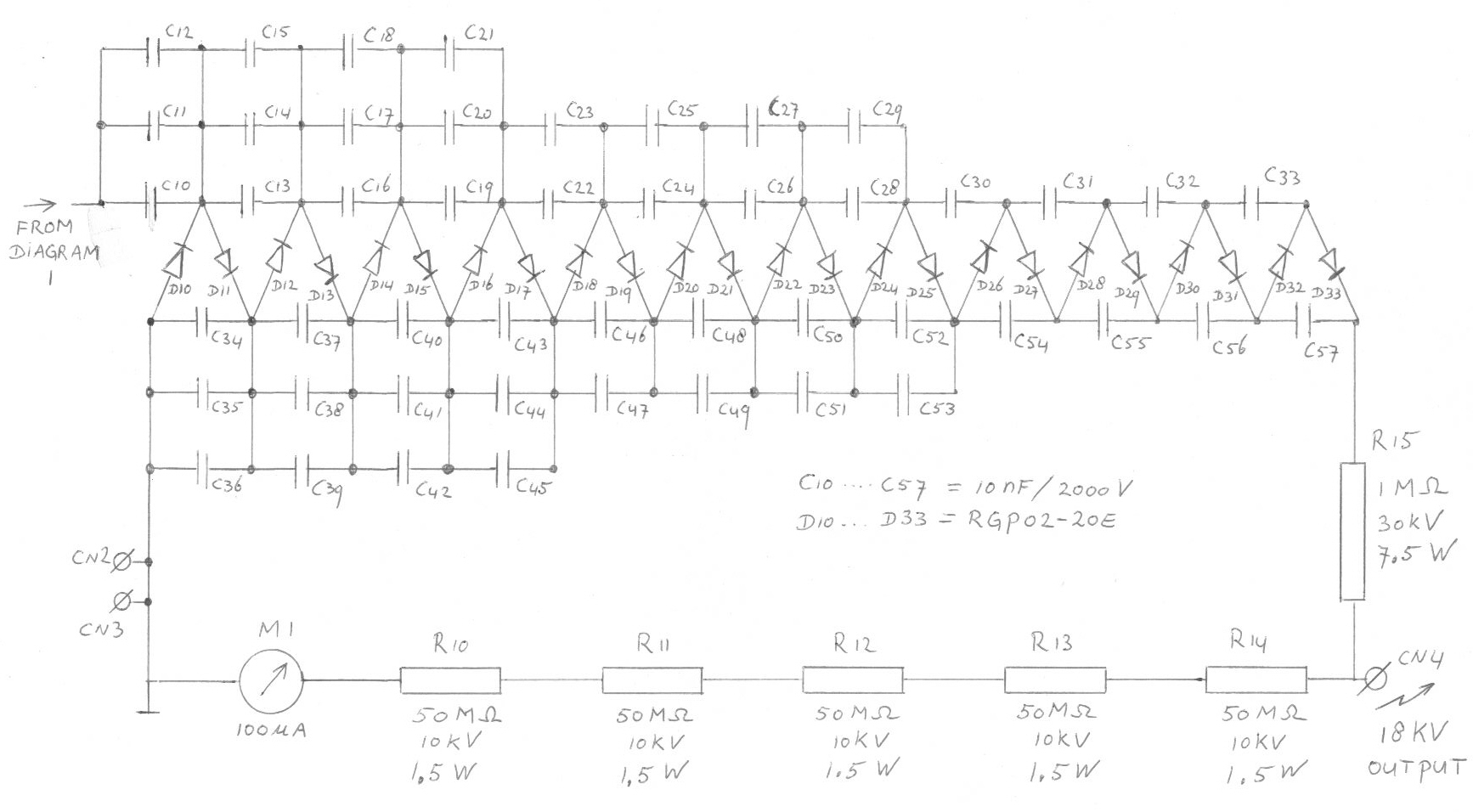
Each subsequent stage adds 1700 volts, resulting in more than 20 kV with 12 stages. However, this voltage can only be achieved when the output of the cascade is unloaded.
The described circuit appears to be a high-voltage cascade generator, commonly used in applications requiring significant voltage amplification. The cascade consists of 12 stages, each contributing an incremental voltage of 1700 volts. The total theoretical output voltage, when all stages are operational and unloaded, amounts to over 20 kV.
In practical applications, this type of circuit is often used in particle accelerators, X-ray machines, or other devices where high voltage is necessary. The design typically incorporates a series of capacitors and transformers that step up the voltage stage by stage. Each stage operates under the principle of voltage multiplication, where the output of one stage serves as the input for the next.
It is important to note that the specified output voltage can only be attained under unloaded conditions. When a load is connected to the output, the voltage will drop significantly due to the load's impedance and the internal resistance of the cascade stages. Proper design considerations must be taken into account to ensure stability and performance under varying load conditions.
Safety precautions are critical when working with high-voltage circuits to prevent electrical hazards. Insulation, clearances, and protective equipment must be employed to safeguard against accidental contact with high-voltage components. Additionally, the circuit should be designed to handle potential voltage spikes and transient responses effectively.
Overall, the high-voltage cascade generator is an essential component in various high-energy applications, and careful design and implementation are necessary to achieve the desired performance and safety standards.Every next stage is adding 1700 Volts, so with 12 stages we get more then 20 kV, this voltage can however only be reached when the output of the cascade is not loaded. 🔗 External reference
The described circuit appears to be a high-voltage cascade generator, commonly used in applications requiring significant voltage amplification. The cascade consists of 12 stages, each contributing an incremental voltage of 1700 volts. The total theoretical output voltage, when all stages are operational and unloaded, amounts to over 20 kV.
In practical applications, this type of circuit is often used in particle accelerators, X-ray machines, or other devices where high voltage is necessary. The design typically incorporates a series of capacitors and transformers that step up the voltage stage by stage. Each stage operates under the principle of voltage multiplication, where the output of one stage serves as the input for the next.
It is important to note that the specified output voltage can only be attained under unloaded conditions. When a load is connected to the output, the voltage will drop significantly due to the load's impedance and the internal resistance of the cascade stages. Proper design considerations must be taken into account to ensure stability and performance under varying load conditions.
Safety precautions are critical when working with high-voltage circuits to prevent electrical hazards. Insulation, clearances, and protective equipment must be employed to safeguard against accidental contact with high-voltage components. Additionally, the circuit should be designed to handle potential voltage spikes and transient responses effectively.
Overall, the high-voltage cascade generator is an essential component in various high-energy applications, and careful design and implementation are necessary to achieve the desired performance and safety standards.Every next stage is adding 1700 Volts, so with 12 stages we get more then 20 kV, this voltage can however only be reached when the output of the cascade is not loaded. 🔗 External reference
